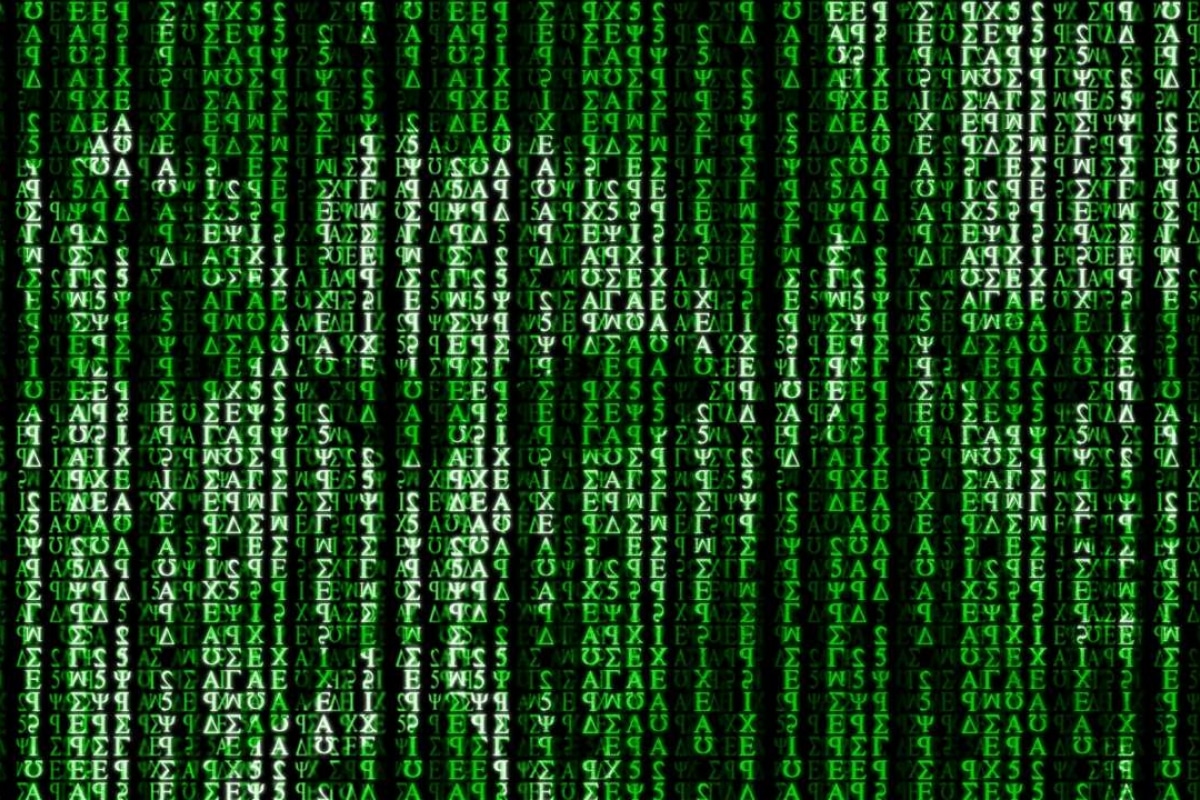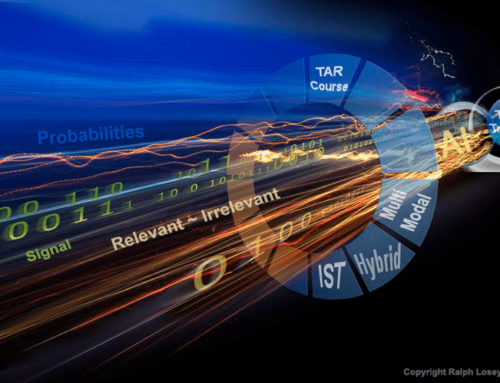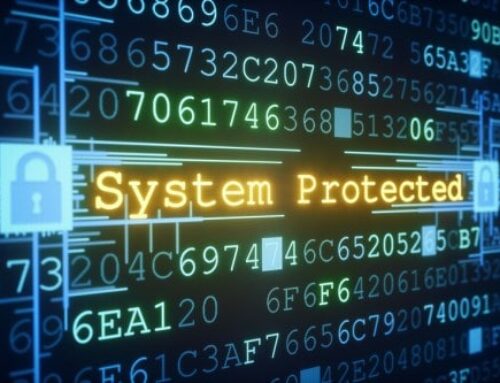What is Digital Debris?
What is digital debris? It is retained information without apparent value. All organizations experience digital debris. Why is it an issue? This type of data, not only impacts the storage space of IT departments, but also degrades application performances, slows read and write times, and burdens backup and recovery processes.
The first step to cleaning up digital debris is to identify it. Some examples are:
Short-Term Reference Files:
SharePoint, network drives, and Dropbox are some examples. They are used to enable sharing, transferring or temporarily storing files. After a task is completed, these are rarely purged and continue to accumulate data and take up storage space.
Orphaned Files:
Former employee data, mislabeled and misfiled documents, and files from old or unsupported applications fall under this category. This information is no longer being used; there, has no apparent value.
Outdated or Superseded Files:
While draft copies of documents are useful during creation, keeping these outdated versions is unnecessary. It is recommended that these types of files should be cleaned up every 6-12 months. The final copy is the only document that retains any value.
What are the advantages of disposing of digital debris?
Reducing Litigation and Production Costs:
Properly maintained data requires less searching and gathering by staff and less review by counsel.
Reduce Total Cost Ownership of Storage and IT Infrastructure:
Without having to backup debris, the costs and time spent maintaining redundant servers can be reduced.
Create More Business Value:
The minimization of useless data means an organization can obtain more analytic and predictive value from useful information and invest in more innovative areas.
Organizations are drowning in digital debris. With an effective plan, organizations can remove this hindrance and become more efficient and effective.
For more Tidbits & Thoughts, please click here.






